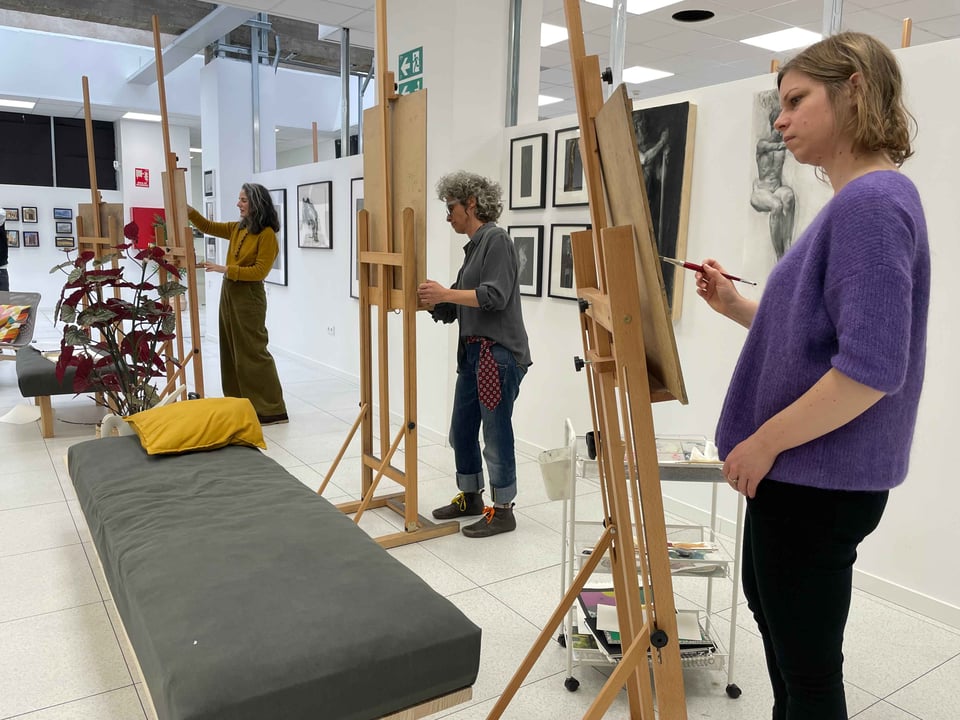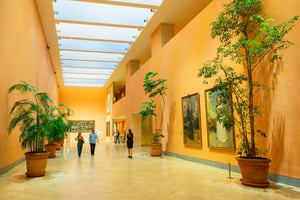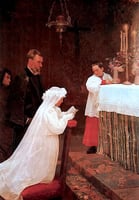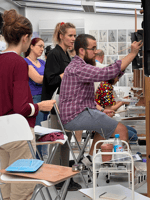The Essence of Academic Art Today

Explore the enduring significance of academic art in contemporary artistic education and practice, and its role in shaping today's art world.
The Historical Evolution and Impact of Academic Art
Academic art traces its roots to the European academies of the 16th century, where a rigorous approach to teaching art was established. This traditional form of art education emphasized mastery of classical techniques and adherence to high aesthetic standards. Over time, academic art evolved but maintained a focus on technical proficiency and historical themes, often overshadowing more experimental and modernist movements. Its influence remains evident in the foundational skills imparted to students of art even today.
Modern Approaches to Teaching Academic Art Techniques
Despite the rise of numerous avant-garde movements, the Madrid Academy of Art maintains that a comprehensive understanding of academic art techniques is crucial for a versatile artistic career. Training in classical techniques such as sight-size, comparative measurement, and constructive anatomy provides a strong foundation that equips students to explore and excel in various art forms, from traditional media to digital and mixed reality spaces.
The Intersection of Academic Art and Contemporary Creativity
While academic art may seem at odds with the fluidity of modern art forms like digital art and street art, there is a complementary relationship between them. The precision and discipline of academic training provide artists with a skill set that can enhance their expression across mediums. This juxtaposition invites a rich dialogue between the time-honored and the innovative, encouraging artists to push boundaries while grounded in a strong technical foundation.
Academic Art's Influence on Modern Artists and Their Work
The impact of academic art on contemporary creators is profound. Many successful modern artists attribute a part of their success to the rigorous training in academic techniques that they received, which has informed their distinct styles and professional journeys. This lineage of influence showcases the timelessness of academic skills in the ever-evolving art world.
Additionally, alumni testimonials from the Madrid Academy of Art reflect on how their academic training has not only shaped their artistic abilities but also provided them with a versatile toolkit to navigate the diverse landscapes of the art industry.
Preserving the Legacy of Academic Art in the Digital Age
In an era where digital mediums and new art forms emerge rapidly, the Madrid Academy of Art stands as a testament to the enduring relevance of academic art. By blending ancient techniques with the aspirations of modern-day students, the academy ensures that the rich teachings of academic art remain vibrant and accessible. This commitment to preservation, coupled with a willingness to innovate, underscores the timeless importance of academic art in contemporary education and cultural discourse.




